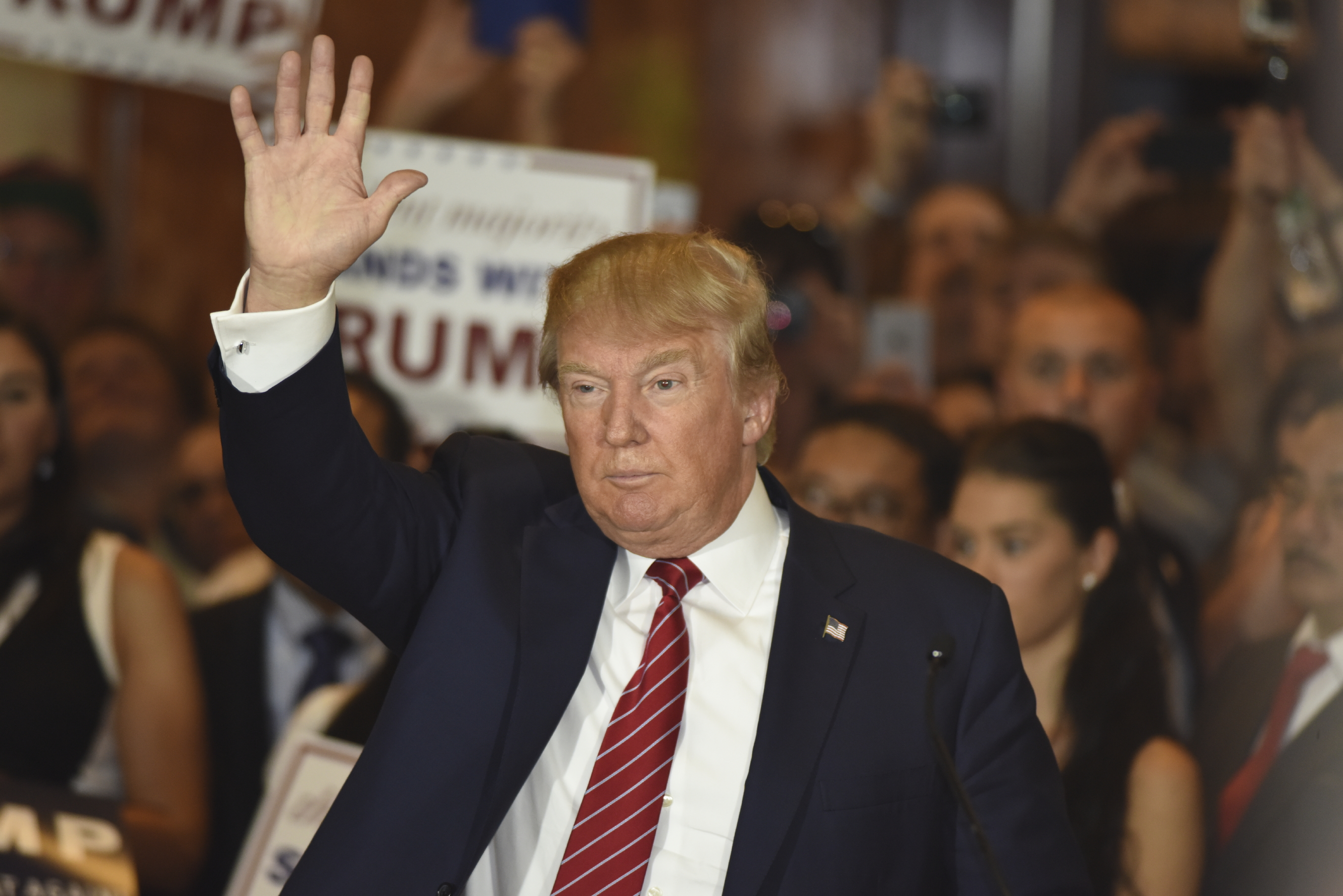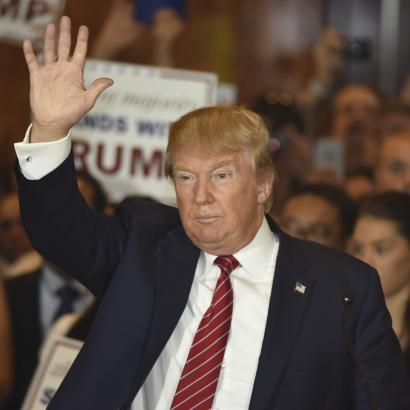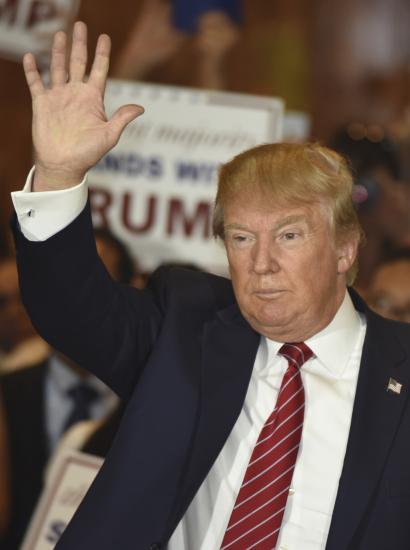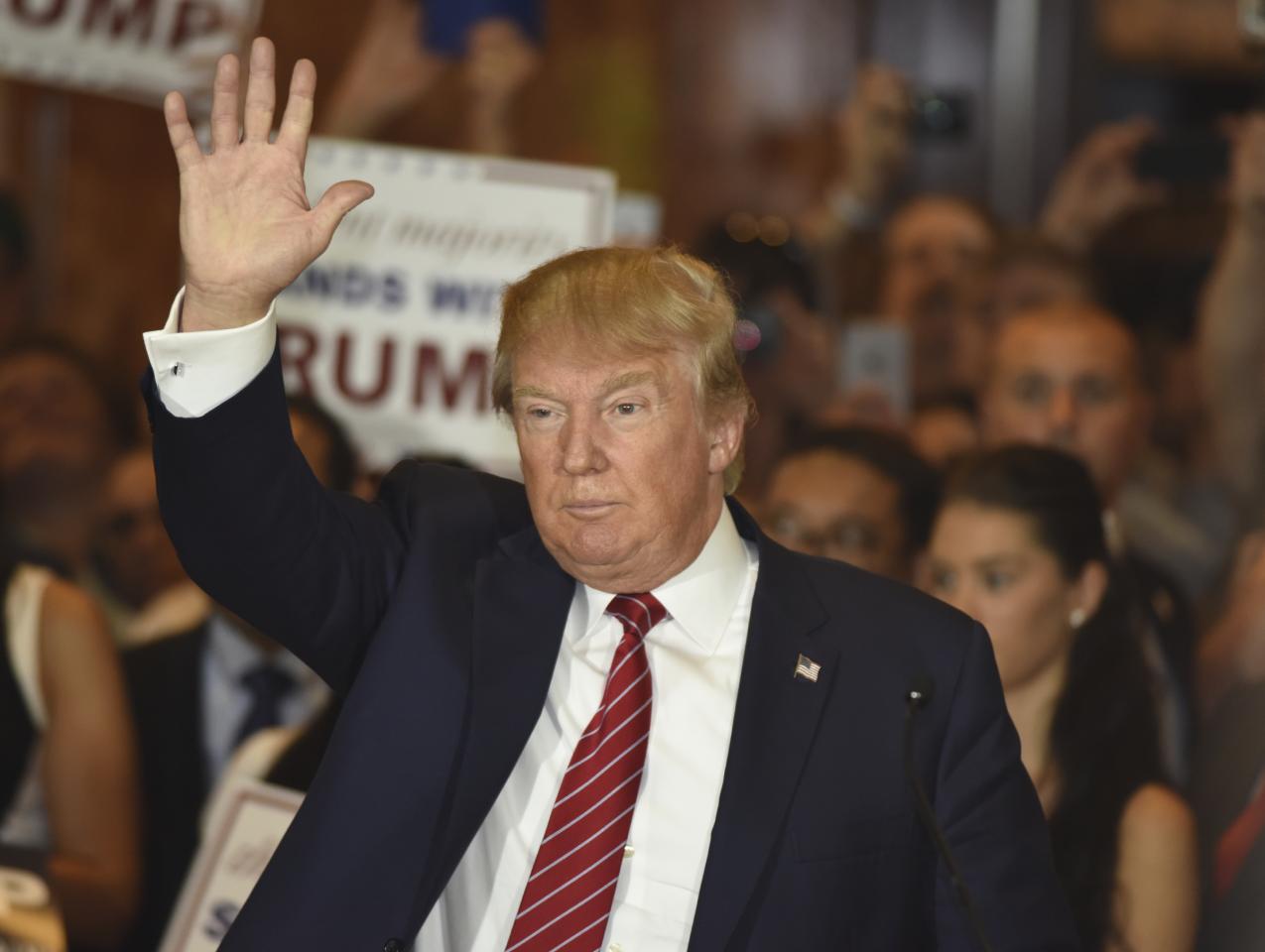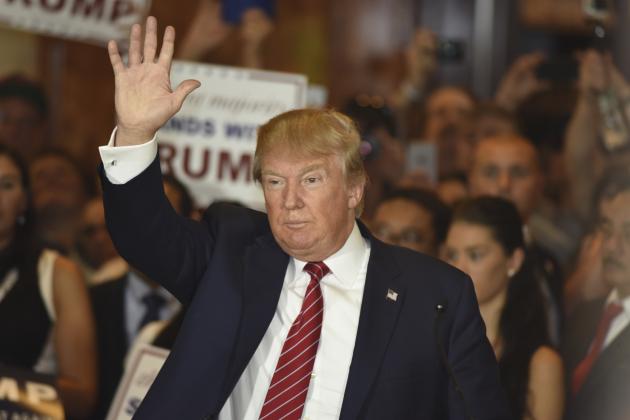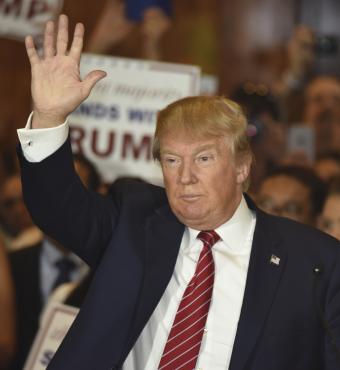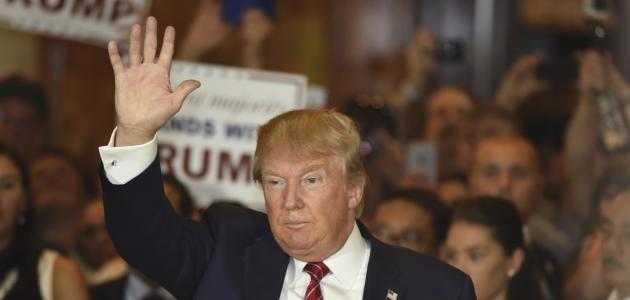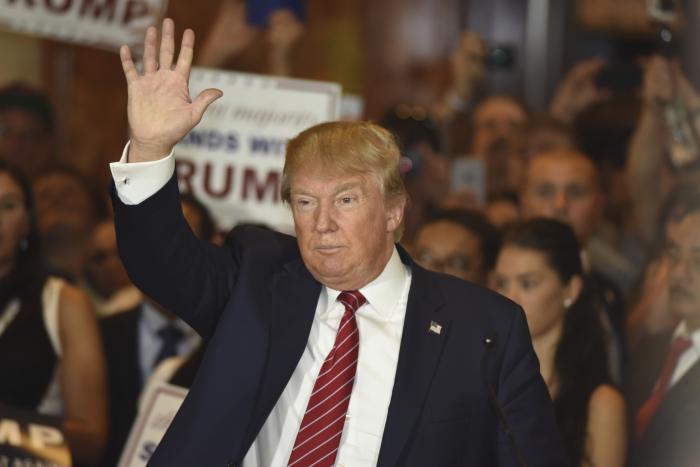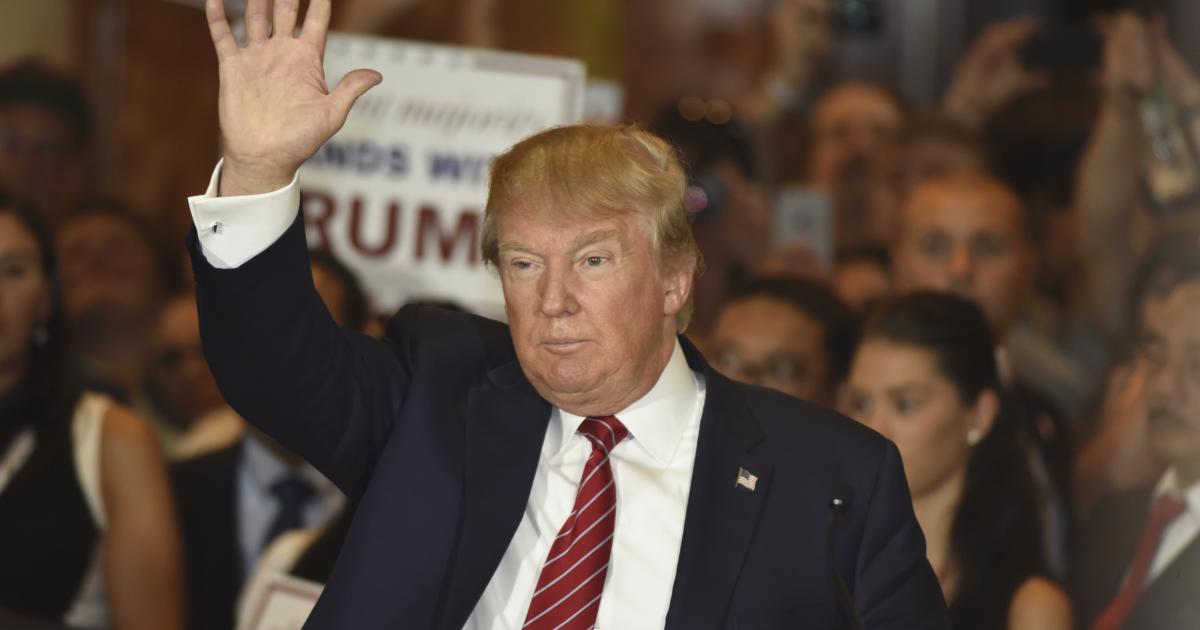- Politics, Institutions, and Public Opinion
As the American presidential election unfolds, paid surrogates and partisan journalists on both sides have an interest in maximizing the appearance of distance between Democrats and Republicans. This is the spectacle that the contest generates. While there are certainly very significant differences at stake, those differences are also susceptible to overstatement in the heat of the campaign. It is therefore useful to think about shared ground, especially between Trump’s vision and the Obama legacy (on Clinton, more below). Our polarized press could lead us to believe that Trump and Obama could not be further apart. Yet, on some key points, a Trump presidency might well be less a break with the past than a continuation and extension of Obama-era policy formations, for better or for worse.
Both President Obama and Trump share a common vision of the role of the U.S. government in relation to American society as well as to world affairs. They both believe in the urgency of repairing the American domestic condition. Obama’s insistence on the primacy of “nation building at home” is barely distinguishable from Trump’s promise “to make America great again.” In the two cases, the call to address domestic needs appeals to the perceived and real decline of blue-collar jobs and median incomes, even as the wealthy have done very well under the most progressive president since Franklin Roosevelt. Obama, of course, promised “shovel-ready jobs,” but it is now Trump who offers similar outcomes to appeal to working class voters.
Furthermore, in both cases, the primacy of a domestic agenda correlates explicitly to a significantly reduced foreign policy ambition. More than other political leaders, Obama and Trump have argued a zero-sum game: we need to do less abroad so that we can do more at home. Trump’s neo-isolationism is not a break with Obama; it is the extension and perhaps amplification of his ambition to “lead from behind.” Trump is no doubt an outsider to the political class, and his rhetoric and style as a national populist set him apart. But his appeals to rebuild the country’s infrastructure, to regain a manufacturing economy with well-paying jobs, and to prioritize domestic concerns over overseas entanglements—these are certainly well within a mainstream American political tradition, despite the fact that his opponents and his supporters both try to present him as a radical break with conventional political opinion.
The Obama administration’s foreign policy was intentionally defined against that of the Bush administration with its neoconservative ambitions. Under President Obama, America has retreated in the Middle East and accommodated Russia. Indeed President Obama explained “nation building at home” precisely as the alternative to the wars in Afghanistan and Iraq: ending the wars was the precondition for domestic revitalization. An extensive reduction in American military presence has followed as well as a corollary decline in American influence. As a direct result, Russia has returned to the Middle East as a key player. It is in Syria, where the Russian air force has been decisive in keeping the same Assad regime in power whose departure Obama had demanded.
Russia has also returned to Egypt, where it will build a major nuclear energy plant. Meanwhile, improved relations between Iran and Russia have turned out to be a central result of the notorious Iran deal. In fact, a Russian advantage was baked into Obama’s foreign policy from the start, which began with the failed “reset” of relations to Moscow by abandoning plans for a missile security system in the Czech Republic and Poland to which Russia had objected. Later, there was Washington’s tepid response to Russian aggression in Ukraine, which led to a de facto acceptance of the annexation of Crimea and an unwillingness to address seriously the destabilization of eastern Ukraine. U.S. withdrawal under Obama has meant Russian advancement, in the Middle East as well as in Europe.
That would all just be history, except that in this presidential election, liberal voices are now expressing outrage over Trump’s suggestions that he would be reluctant to pursue a confrontational policy toward Russia. That reluctance, however, would be nothing else than a direct continuation of the inclinations of the Obama administration and the foreign policies of its two Secretaries of State.
Neoconservative critics who used to criticize Obama’s foreign policy toward Russia have the right to direct similar criticisms against Trump’s Russophilia. However, liberal journalists ready to denounce Trump for his non-confrontational attitude toward Putin should recognize that the foundations for this strategy were built by the Obama administration, ever since the moment of the reset. If Putin is emerging as a winner despite the enormous domestic problems in Russia, it is at least in part because American diplomatic leadership turned out to be much less effective than its Russian counterparts. Moscow has pursued a consistent reconstruction of the Soviet sphere of influence, while Washington has appeared to operate without any coherent strategy. Whether Trump would be able to make better deals is not clear; it is clear, however, that Obama, Clinton, and Kerry made bad ones and paved the way to the ominous instability on the eastern border of the European Union.
Trump’s apparent predisposition to avoid confrontation with Russia—evidenced most recently in his suggestion that he would not necessarily meet NATO obligations in the event of a Russian attack—in fact continues an appeasement toward Russia that has defined U.S. policy under Obama. Meanwhile, with regard to China, President and candidate again overlap, albeit in a different register. At the end of the day, the new adversary for both is in the East. To be sure, their levels of rhetoric are different, and follow-through on policy pronouncements is up for grabs: we cannot predict where their words may lead. But Obama’s “pivot to Asia” ultimately involved turning away from Europe and the Middle East in order to confront China in response to ongoing competition in the South China Sea, and to address the anxieties of allies in the region.
Meanwhile, Trump casts China in the role of the villain in a trade war and the redistribution of manufacturing abroad. The hostility toward China that pervades Trump’s foreign policy rhetoric and that links his foreign policy to his domestic agenda is an extrapolation of Obama’s pivot. It is more aggressive and blunt, to be sure, but the geopolitical reorientation away from Europe and confrontation with Russia, and toward competition with China displays a deep-seated continuity between the perspective of the current administration and the vision of the insurgent candidate. For Obama, it is a matter of security competition, and for Trump, it is a trade competition—but the tendency is the same.
Beneath this geostrategic map, there are additional patterns of continuity between Obama’s accomplishments and Trump’s promises. Trump shocked parts of the foreign policy establishment by pondering whether countries like Saudi Arabia, South Korea, or Japan ought to acquire nuclear weapons to contribute to their own defense, rather than relying exclusively on American security guarantees. The suggestion obviously flies in the face of the non-proliferation orthodoxy that has prevailed for decades. Yet we have just watched Secretary Kerry negotiate the Iran deal, which paves the way to an Iranian bomb. So many of the promises—the snap-back sanctions, constant surveillance, and the boost to “moderates” in Tehran—have turned out to have been intentional misrepresentations or idealistic illusions. It is the Obama administration that undermined non-proliferation: if Iran can have nuclear weapons, why not Saudi Arabia? Trump’s speculation on further proliferation just extends the Obama legacy, with of course the important difference that Trump criticizes the Iran deal.
A final continuity lies in perhaps the most unexpected arena of all— immigration. Immigration, particularly undocumented immigration, is a highly charged political issue. Trump’s promise to build a wall with Mexico has cast the election as one about proponents and opponents of immigration. In that narrative, Democrats take on the role of the immigration-friendly party. Yet pro-immigrant activists have been deeply disappointed with the Democratic administration’s track record, denouncing Obama as the “deporter-in-chief.” Indeed, the administration boasts of returning more immigrants than any predecessor. Of course, all sides in this debate fudge their statistics, and the administration has its own political reasons to try to appear to be tough on immigration. More interesting, though, is the fact that when the President tried to block the deportation of nearly five million unauthorized immigrants, the Supreme Court upheld an Appeals Court ruling that the executive action exceeded his legal authority. Both the Bush and the Obama administrations have pushed up against the limits of constitutional power: A Trump presidency would not represent the first threat to the checks and balances system.
How the Clinton candidacy fits into this picture of continuity between the Obama legacy and the Trump vision remains to be seen. The Sanders campaign has pushed her to the left on the domestic agenda, but not particularly on foreign policy. Indeed, parts of the neoconservative foreign policy elite are apparently warming to Clinton, given Trump’s neo-isolationism: In his acceptance speech he declared his support for “Americanism, not Globalism,” and he denounced “nation-building” abroad and “regime change.” We may be entering the first campaign in decades in which the Republican candidate runs to the left of the Democrat on foreign policy.
However the election plays out, deep crosscurrents in the political vision of the country are coming to the surface, challenging received opinion. For Obama and Trump alike, the insistence on repairing the national domestic condition means a retreat from a global extension of American power. Some conservative critics argued early on that Obama’s policy agenda was defined by an anti-imperialism from the left, a hostility to American military deployments around the world, and a resistance to the history of western colonialism. In that sense, Trump brings an anti-imperialism from the right, a program to wind down overseas engagements in order to redirect resources domestically. Obama established the rhetoric of a ratcheting down of American global leadership in order to achieve a greatness on the home front. Will Trump be able to ride that same wave to the White House? Could his neo-isolationism appeal to the anti-war left and attract some Sanders voters, repelled by Clinton’s foreign policy? Or will she be able to put forward a hawkish message of liberal internationalism in a way sufficiently convincing to the electorate? That would require of her a willingness to criticize the Obama legacy, a risky political move.
Whatever the eventual electoral outcome in November, as the campaign season opens in the summer, the rhetoric of polarization, which serves the interests of each camp, obscures how much continuity could exist between the current administration and a potential Trump one, producing distinctive challenges for each candidate. Trump will have to show how the American greatness that he promises can forego international leadership, and Clinton will have to distinguish her policies from Obama’s without alienating too much of the Democratic base.







